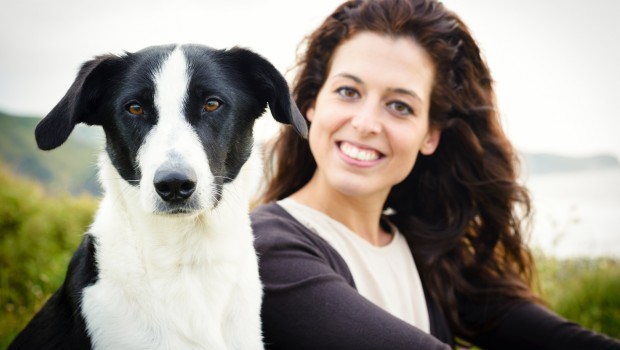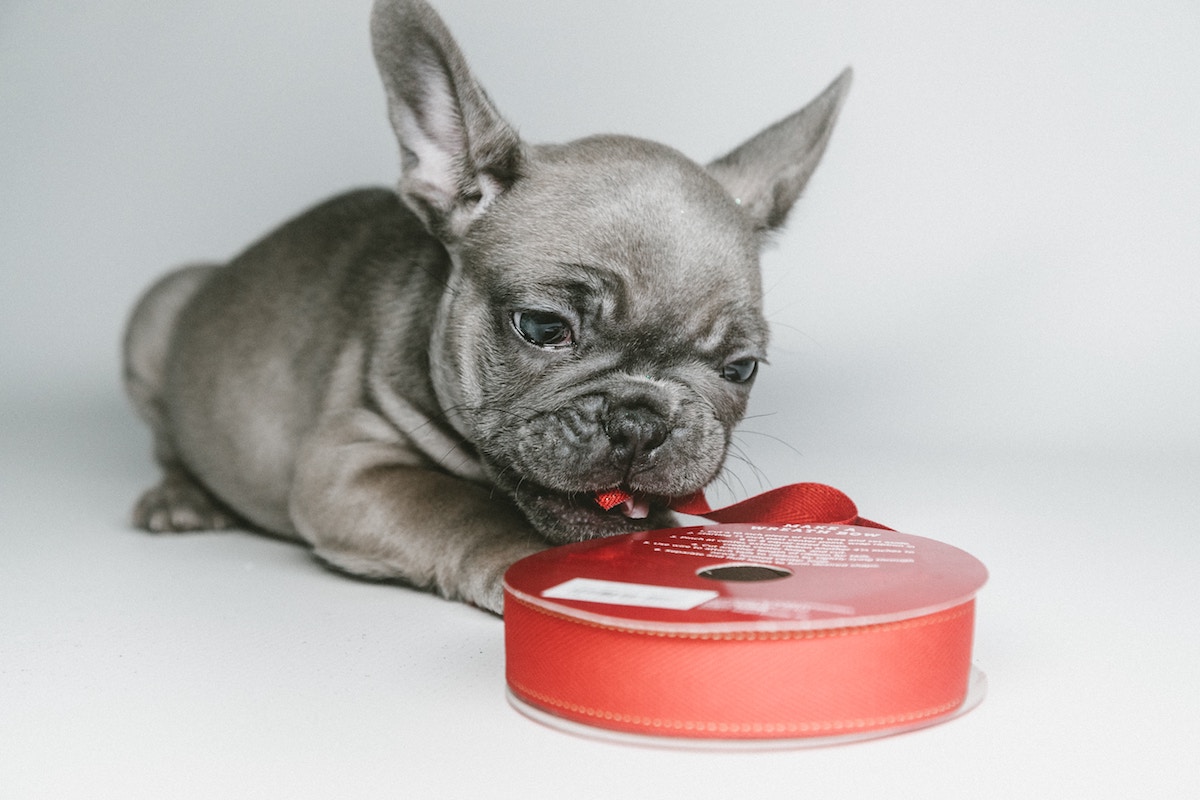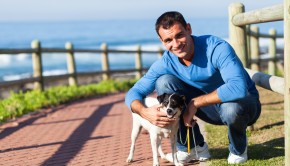Does Your Dog Stress When You Leave The House?
There are several ways to soothe separation anxiety in your dog in order to help him feel more secure while you are away. For the fastest results possible, apply the following practical tips:
1. Having a new puppy or a new adult dog is an enjoyable experience. It is so easy to give the new member of the family tons of love and attention. But spending all of your time with your new dog can create negative consequences, especially when you return to your normal schedule where you are out of the house all day.
Give your new dog a lot of attention, but also get him used to being alone, even when you’re at home. Getting him used to your absence should be done gradually so it doesn’t create a traumatic experience.
Start by going to a different room and closing the door behind you, leaving your dog by himself in another room. Do this several times every day. Next, leave him alone in the house for five minutes, then fifteen, and so on, until he is comfortable enough to be left alone for several hours at a time.
2. Being home alone should be a good experience for your dog. This can be done by linking a positive association with that of you being away. Give your dog a new toy before you leave the house. Provide him with different toys when you are home so he doesn’t associate the toys with you going out and leaving him. Another strategy is to give him his favorite snack or a hollow bone filled with tasty treats that will take the dog a while to finish. These are two pleasant activities that your dog can engage in that will relieve him of the feelings of anxiety and fear.
3. Sometimes it is necessary to confine your dog when you’re not home. If you must do this, be sure to create a positive association with that room. Make him feel that he is going to a fun place. Do not put your dog in a crate because this will only increase his feelings of loneliness. Instead, pick a safe room where he feels secure. And when you are home, make it a point to spend some time and play with him in that room so he can associate the area with fun.
4. Do not make the act of leaving the house a big deal and do not feel guilty about it. Ignore your dog for about ten minutes before you leave the house, and then another ten minutes upon returning home. This eliminates the excitement of you going away and coming back.
5. Another way to ease your dog’s feeling of distress is by giving him enough exercise, especially before you leave the house. Taking him out for a jog or a brisk walk will make your dog feel relaxed and tired, ready for a long nap while you are gone.






